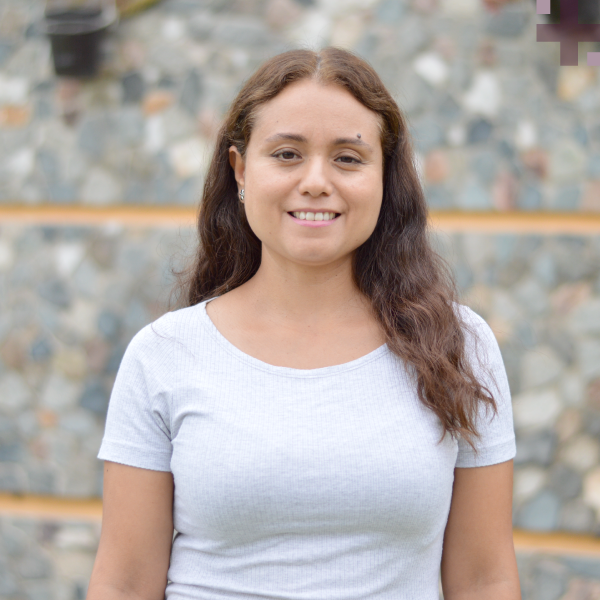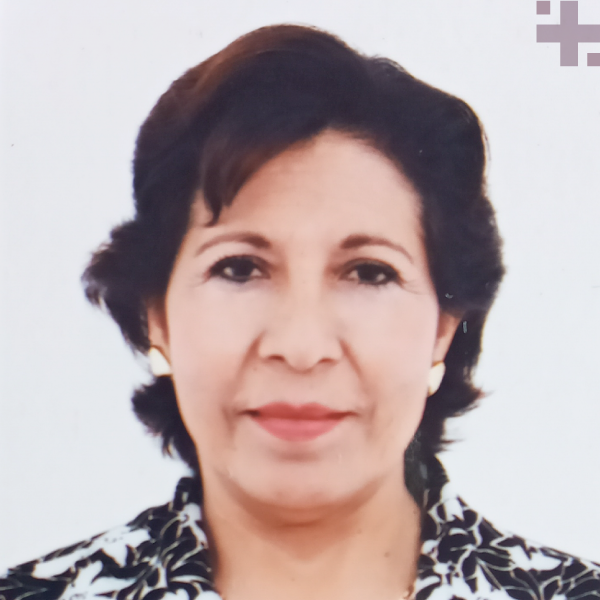Challenge Summary
Develop an AI-driven solution to generate evidence using satellite data and databases on the availability of markets and “ollas communes,” access to fresh produce including price and frequency of delivery by type of produce, and food consumption metrics such as quantity and variety of foods and fresh produce.
- Utilize satellite imagery and geospatial data to identify and map the locations of markets, supermarkets, and “ollas communes” across urban Lima.
- Develop algorithms to analyze satellite data for real-time monitoring of agricultural productivity, identifying areas with potential for local food production.
- Design predictive models to forecast the prices and availability of fresh produce in different neighborhoods.
- Utilize machine learning algorithms to analyze transportation networks and optimize delivery routes for fresh produce to underserved areas.
- Implement natural language processing (NLP) algorithms to analyze social media, local news sources, and community forums for insights into food consumption preferences and trends.
- Develop algorithm to analyze official databases with information on nutrition and food consumption in Peru.
In urban Lima, vulnerable populations residing on the outskirts face significant barriers to accessing affordable and nutritious fresh foods, exacerbating the prevalence of malnutrition. Despite the emergence of community-level solutions such as “ollas communes” during the COVID-19 pandemic, the availability of fresh produce remains limited. Challenges related to logistics, transportation, storage, and access to fresh water for local food production further impede access to quality nutrition. Additionally, low levels of education and nutritional knowledge contribute to suboptimal dietary choices even when food is accessible. Customizing malnutrition interventions to address these local realities requires a deep understanding of the specific areas surrounding Lima in terms of food availability, access, and consumption patterns.
This solution aims to empower policymakers and government programs to prioritize actions at the policy level to improve the malnutrition situation of the most vulnerable populations in Lima.

Willy Pradel
Associate Scientist

Angela Fuentes
Associate Scientist

Cristina Fonseca
Senior Research Associate


